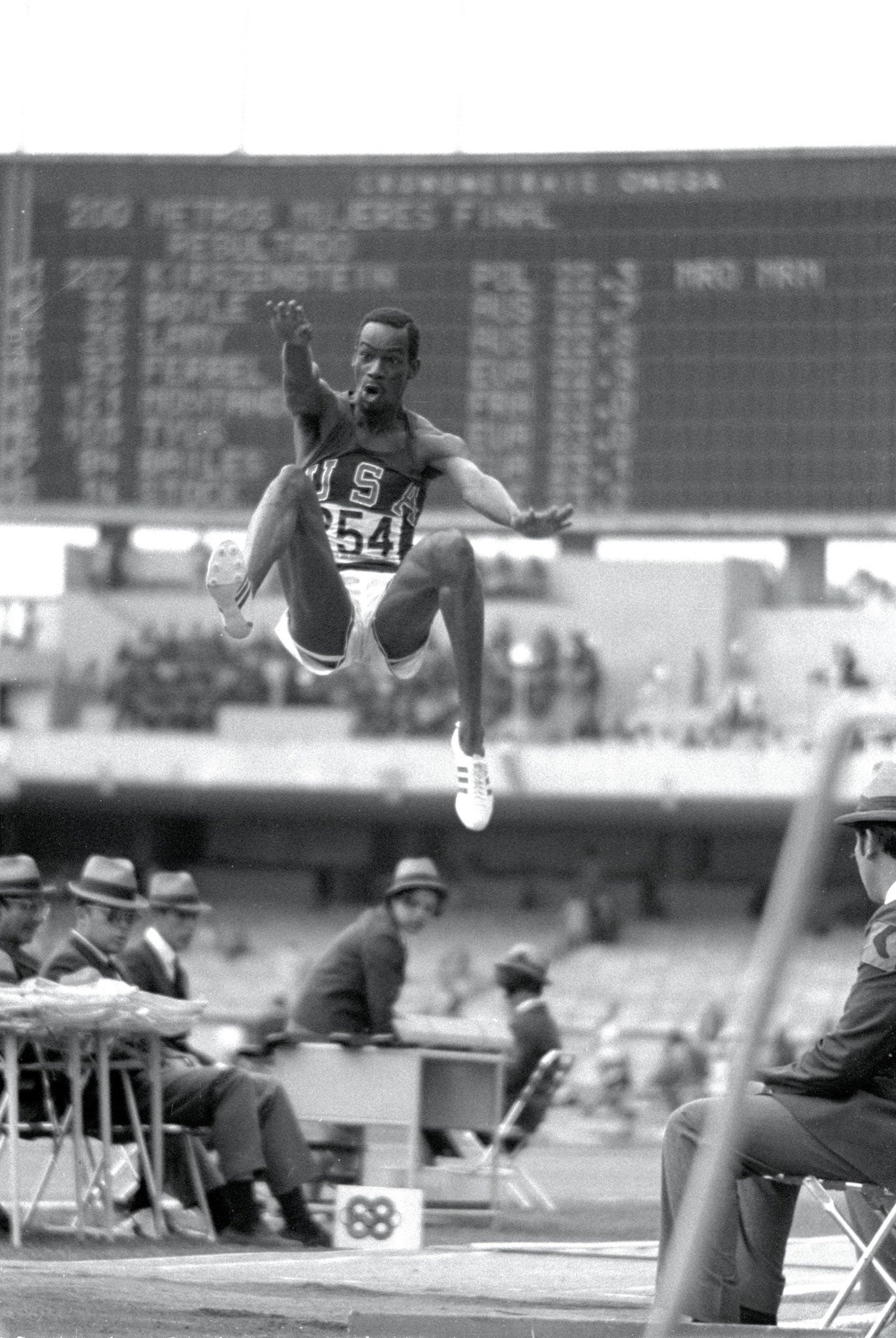Bob Beamon's long jump is one of the most celebrated in all sport
Chris Maume on the long jumper who defied the laws of athletic progression, 69 today

Your support helps us to tell the story
From reproductive rights to climate change to Big Tech, The Independent is on the ground when the story is developing. Whether it's investigating the financials of Elon Musk's pro-Trump PAC or producing our latest documentary, 'The A Word', which shines a light on the American women fighting for reproductive rights, we know how important it is to parse out the facts from the messaging.
At such a critical moment in US history, we need reporters on the ground. Your donation allows us to keep sending journalists to speak to both sides of the story.
The Independent is trusted by Americans across the entire political spectrum. And unlike many other quality news outlets, we choose not to lock Americans out of our reporting and analysis with paywalls. We believe quality journalism should be available to everyone, paid for by those who can afford it.
Your support makes all the difference.It was a moment that gave the world a new adjective: "Beamonesque". Denoting a spectacular feat of progress that comes out of nowhere – defying logic, precedent, and belief – "Beamonesque" dates from 3.45pm on 18 October 1968 in the Estadio Olímpico Universitario in Mexico City. That was when the American Bob Beamon set off down the runway in the Olympic long jump final. Six seconds later he landed at the far end of the pit.
Beamon, who was 22 and from New York, had jumped too far for the optical measuring system, and an old-school tape measure was brought in. He had travelled 8.90 metres – or 29 feet 2 ½ inches. In 33 years, since Jesse Owens in 1935, the world long jump record had increased by 8½ inches. At a stroke, Beamon added 21¾ inches. Sport had seen nothing like it before. It's seen nothing like it since.
Beamon jumped once more in the competition – nearly three feet shorter – but the contest for the gold medal was over. Perhaps his preparation the night before helped: he'd had a few shots of tequila, and sex with his girlfriend, Gloria.
After retirement Beamon graduated in sociology and worked in a variety of roles promoting youth athletics. He never exceeded 8.22 metres in any other jump, and his world record stood for 23 years. Then his compatriot, Mike Powell, jumped 8.95 metres at the 1991 World Championships in Tokyo. Greg Rutherford's gold-medal jump at the 2012 Olympics was around two feet shorter.
Mexico City's thin air added an inch or two to Beamon's jump, the tailwind, right on the legal limit, a few more. But there have been jumps at altitude since, with a healthy following wind, and apart from Powell, no one has come close. Beamon's jump was a moment when a finely tuned mind and body come together perfectly.
The photograph of Beamon's jump is one of the most celebrated in all sport, not least for the look of astonishment on his face. The world was astonished with him. Nine months later Neil Armstrong made his giant leap for mankind. But in a sense, Beamon beat him to it.
Join our commenting forum
Join thought-provoking conversations, follow other Independent readers and see their replies
Comments